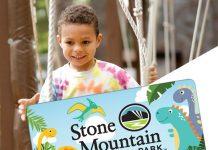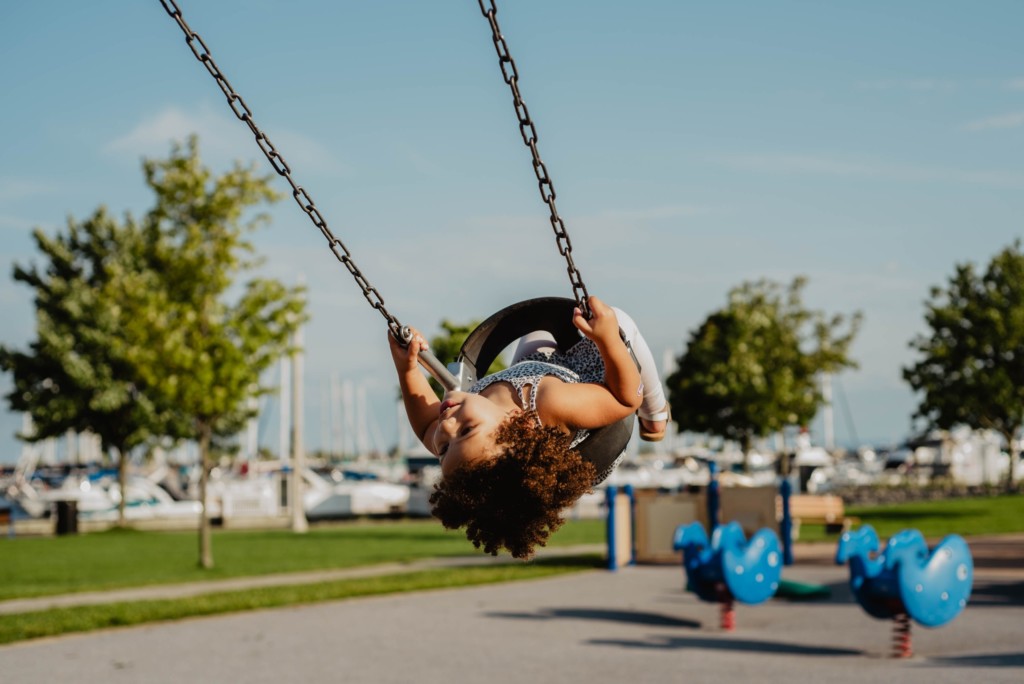After a decade of working as a Pediatric Critical Care nurse, my best friend has seen hundreds of patients dealing with a wide variety of illnesses and injuries. While many of the circumstances leading up to hospitalization could not have been avoided, there are definitely a few situations they have seen over and over again.
 These have begun to stand out to my friend as things they would put on their personal, “Just Say No” list for their own children to help prevent injuries.
These have begun to stand out to my friend as things they would put on their personal, “Just Say No” list for their own children to help prevent injuries.
I know this list might step on a few toes; that’s not the intention at all. As parents, we only want what’s best for our children and their safety is our top priority. The intention here is to gently request further consideration before participating in an activity that could hold more risk than expected.
All-Terrain Vehicles
ATVs, four-wheelers, and motorbikes have been common culprits of injuries seen in the Pediatric Intensive Care Unit. The American Academy of Pediatrics (AAP) has long warned families of the dangers of children younger than 16 years of age operating these vehicles. In 2015 alone, there were 26,700 kids seriously injured while riding ATVs, according to an article from the AAP. Even though a child might have the physical maturity to drive an ATV, that doesn’t necessarily mean they have the emotional maturity, coordination, or brain development to make the quick decisions needed to safely operate a vehicle.
Bedsharing
Most of us have been there–exhausted, sleep-deprived, and desperate for rest. I will be the first to raise my hand and admit that I have fallen asleep while holding my baby in my bed, on the couch, and/or in a rocking chair. I can only be incredibly grateful that it didn’t end with a tragic outcome. In a June 2022 update on safe sleep practices, the AAP states: “The risks of sleep-related infant deaths are up to 67 times higher when sleeping with someone on a couch or soft armchair or cushion.”
Lawn Mowers
I remember riding down a rural road with my nurse friend and smiling at an adorable little boy “helping” his grandpa on the riding lawn mower. My friend just cringed and remembered several patients treated for injuries related to lawnmowers. Whether the children were standing too close to a mower and were struck by debris or blades or they fell off a riding lawn mower, the AAP has reported that over 9,000 children are treated annually for injuries such as burns, eye injuries, lacerations, and loss of fingers or toes. The AAP actually suggests that children under the age of six should be kept indoors while the lawn is being mowed.
Trampolines
I know, I know. They are super common. The kids have so much energy to work out. There are nets and padding. I get it. Even with all the safety measures in place, trampolines still account for so many fractures and ligament injuries. The AAP goes so far as to strongly discourage recreational trampoline use saying, “current data indicate safety measures have not significantly reduced injury rates and catastrophic injuries do occur.” For those who already have trampolines, there are extra precautions suggested such as having only one jumper at a time, setting trampolines at ground level, avoiding somersaults or flips, frequent inspections of equipment, and adult supervision.
Helmets, Seatbelts, Water Safety
This should go without saying, but statistics (and Facebook photos) suggest not everyone is listening. It might be inconvenient or uncomfortable, but your child needs a helmet every time. If your child is on wheels, their head should be protected. Every. Single. Time. The same goes for seatbelts and child restraints. If they are in a vehicle, they should be properly restrained. Even if you think you’re 100% certain of what is recommended for your child’s current stage of development, double-check. I was surprised to find different recommendations than I expected based on my child’s weight and height. And finally, your child needs eyeballs on them any time they are near water for the entire time they are near water. Even if they know how to swim. It only takes a second for tragedy to occur.
Hopefully, this list has not been anxiety-inducing as much as thought-provoking. I’m sure we can all agree we want health and safety for the children of our communities. Some practical ways we can work to achieve that are to discuss any concerns with our pediatricians, research current safety guidelines for activities, support and encourage our fellow parents, and love our children well. Even if it means sometimes saying no.

















